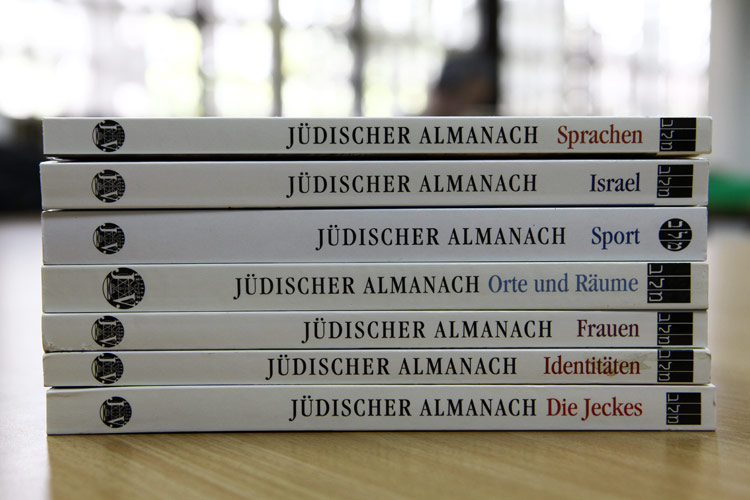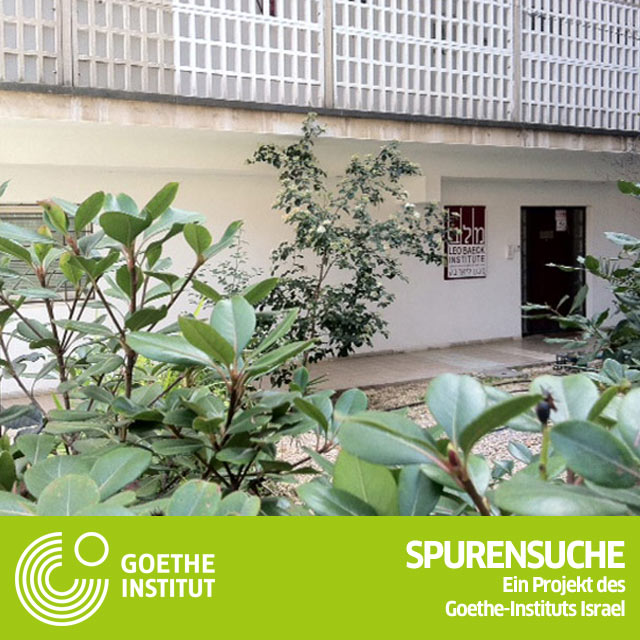What has actually survived after the crisis and catastrophe?
Buber explained specifically what their ideas were at the first programme meeting: “In a human sense, I am concerned that what’s left of the German Jewry should be grouped around a spiritual task and vitalised. The German Jewry was one of the most remarkable phenomena in German history. (...) What has actually survived after the crisis and catastrophe? Vital research is impossible, but a spiritual task is possible.” Buber placed his hopes in the up-and-coming generation. That’s the reason we have to publish in Hebrew as well, he says.
Today the LBI Jerusalem is one of the leading Israeli research centres for Jewish history and culture in Germany and Central Europe. It supports young, established intellectuals, publishes sources and research literature in Hebrew, English and German. Since 1993 it has also published the “Jüdischer Almanach” (Jewish Almanac) in German (which is published by the Jüdischer Verlag / Suhrkamp). This links in with an old German/Jewish tradition that was broken in 1933. The first Jewish Almanac was published in 1902 in Berlin.
One of the new volumes is dedicated to the “Yekkes”, the Jews of German origin.
German Traces in Israel
A project by the Goethe-Institut Israel
Author: Gisela Dachs
Photos: Noa Ben-Shalom


